A Midsommar Night's Dream
Hey all, happy August! Voting is open on my Instagram for the theme for this year’s Spooky Season Spooktacular, and I expect everyone reading this to participate! My handle is blaisebalas and the poll is on the post with the moon on it, go vote for what you want to read about in October! This is the second to last post for this year’s splat summer series, and y’all are getting a little Shakespeare analysis in with your horror, so buckle up!
This post’s cause is the YWCA which helps get women out of abuse or otherwise unsafe domestic situations, like the several such in the movie. https://www.ywcacassclay.org/donate
Now, without further ado, let’s analyze a cult movie.
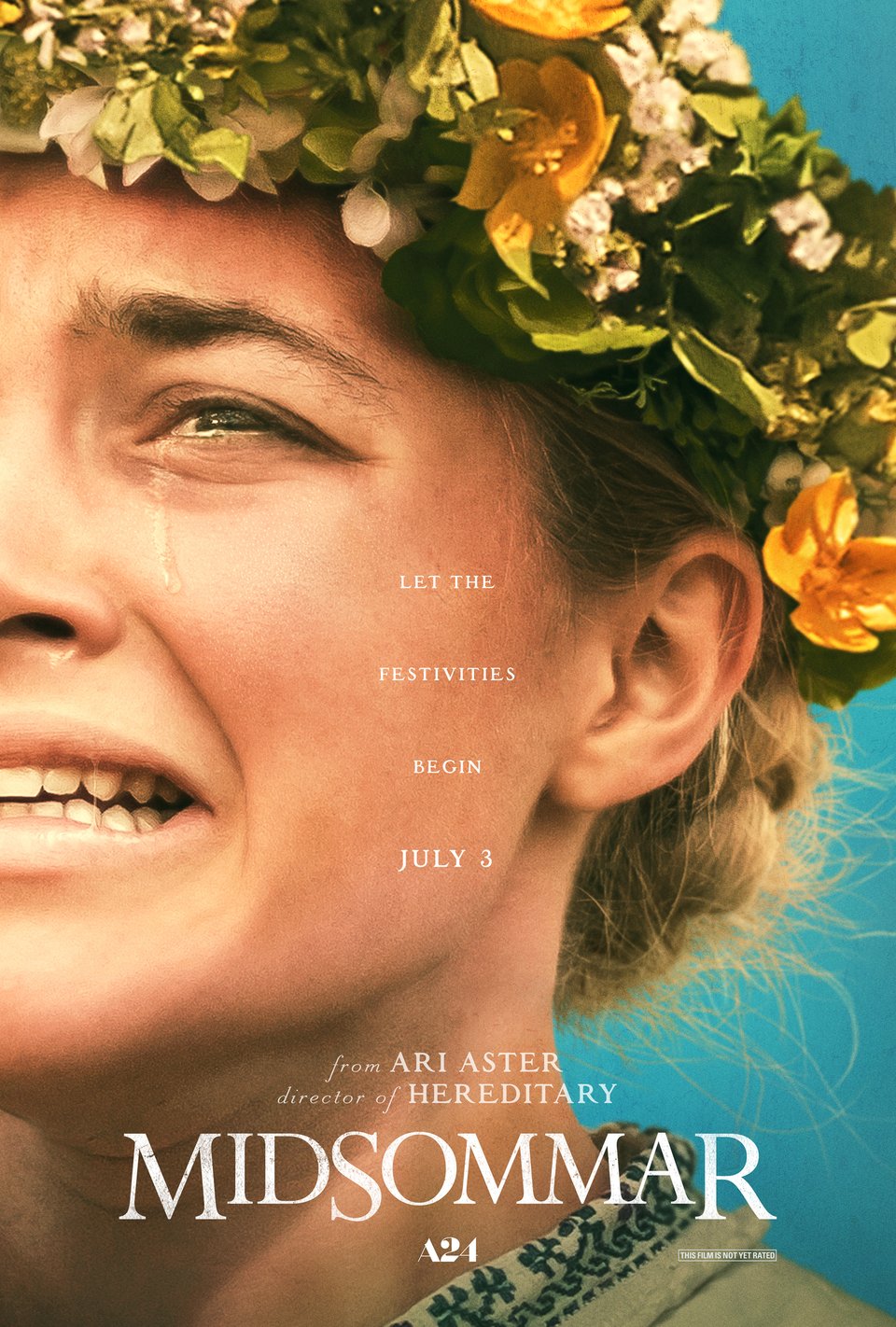
So, Midsommar is one of those movies that tends to be polarizing. You’ll hear people say that it’s a masterpiece of modern horror, and you’ll hear people use it as evidence that “mOdErN hOrRoR iSn’T sCaRy”. I’m very squarely in the former category, but, you know, to each their own. For the latter crowd though, I do hope that your minds are changed by the end of this post.
One reason that Midsommar is so polarizing is that different people have different ideas of what they are meant to be scared of in it. This is true of every horror movie on the planet, because everything means something different to everyone, but Midsommar in particular is the subject of much thematic debate for a number of reasons.
There are some people – often the people who weren’t scared during Midsommar – who think that it’s supposed to be the kind of scary that a ‘female rage’ movie is to men. From the way Dani is shown how toxic her boyfriend is when they get to the Hårga commune to her finding power in the women of the Hårga, to the final sacrifice of her boyfriend (which honestly couldn’t come soon enough I hated that guy), it is very easy to interpret Midsommar as a good-for-her-girl-power type of horror movie, like Carrie or Maxxxine. That is a type of horror that isn’t always scary to most people. Men are made uncomfortable by it, and so want to say that it’s not scary to grandstand and cover for how disturbed they were by it. Or how badly they misinterpreted it. And for women, it’s not scary because that kind of rage is something that they always feel sort of simmering, and they’re tired of being villains for it. Do you know just how many women see themselves in Carrie, or Pearl, or Samara, or even Regan? They’re not scared of them. They’re sad for them, and angry with them. So they will not be scared of Dani, if they think they’re supposed to be. Which exposes the main, underlying problem with putting Midsommar in that niche of movies: it doesn’t belong there.
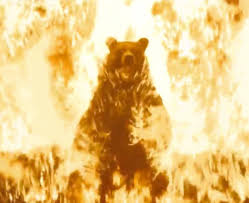
The main argument for Midsommar being a ‘good for her’ horror is the scene often called the Communal Scream, in which the women of the Hårga gather around Dani and scream in pain and sorrow with her after she sees her boyfriend cheating on her in a kind of ceremonial orgy. Many people who watched Midsommar as a ‘girl power’ horror movie will point to this as a moment of bonding and community, when it really is a horrifying cult indoctrination tactic that is used often in real life. The thing about the pain that Dani is experiencing in that moment is that it was artificially created by the Hårga so that they could give her that moment of support, giving her the final push to fully join the cult by sacrificing her boyfriend. In fact, the entire movie is a series of cult indoctrination tactics. From the false sympathy Pelle – the man who brings them there – shows to Dani after the horrible loss of her family, to the May Queen contest, everything that happens to Dani after her family dies is premeditated. It is a purposeful effort to get her to join the cult. And if you watched Midsommar and came out of it happy for Dani, that means those cult indoctrination tactics worked on you, too.
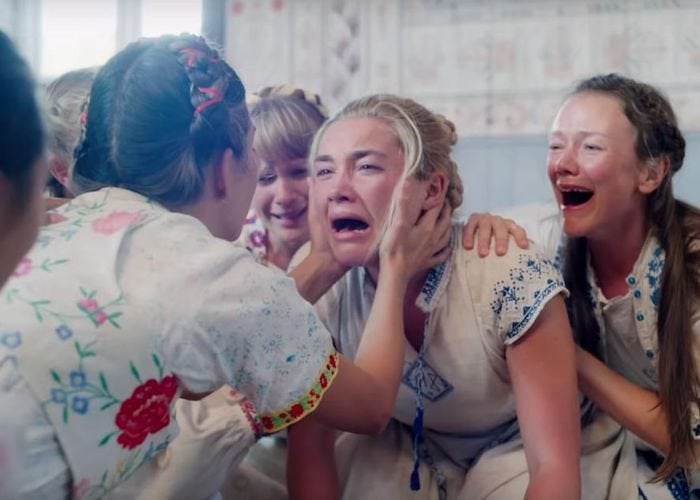
Part of why I called this post ‘A Midsommar Night’s Dream’ is because, c’mon, it’s right there. But another part of it is that the Hårga pretends that it is a dream. The commune seems to have been dropped from the sky in middle of nowhere Sweden, this perfect idyll of grass and lakes, somewhere the sun always shines. The Hårga have bizarre traditions, sure, but it’s their culture, right? And by the time you’ve realized exactly how bizarre their traditions are, it’s too late. It was too late when you got there, when you agreed to come, when your sister killed herself and your parents, making you desperate for something, anything to make yourself feel better again. The dreamscape in A Midsummer Night’s Dream is similar, in a way. It is very common for stage productions of it to have a dreamer character, someone who is shown going to sleep before the lines begin, then watches the play unfold while onstage, unable to alter it in any way. Now, I do recognize that A Midsummer Night’s Dream is a comedy, but it isn’t the silly, childish idyll that people often think it is. For one thing, it’s bawdy as hell, as is most Shakespeare. But also, the main love square is decidedly insane, with the women involved in it getting into physical fights with one another, and one of them (Helena) telling one of the male leads (Demetrius) to use her as a dog, if it meant that he loved her at all. Which isn’t really conducive to the popularized idea of A Midsummer Night’s Dream as a childish fairy comedy. And while Ari Aster likely didn’t purposefully connect Midsommar to A Midsummer Night’s Dream, the parallels are there. Dani lets herself be mistreated by her boyfriend because she thinks there’s no other way to be loved, and that there’s nothing better for her out there, much like how Helena submits herself to Demetrius. The Hårga present themselves to newcomers as a very old-fashioned and rather chaste kind of community, but by the end of the movie, after several sacrifices and sex-related rituals, that illusion has been pretty well smashed on the ground.
The Hårga are not good people, and never were. Pelle was never actually that sorry about the loss of Dani’s family, but has been taught the kind of false sympathy that the Hårga, as well as cults in real life, thrive on. They scream as Christian is burned to death in the final sacrifice, the bonfire, as their family members are burned with him. They wail like they are being burned themselves. But, of course, they aren’t. They don’t really know that pain, because how could they? They’ve never been burned alive. But they want the people they are killing to think that they are still of value. That they always were, even though that was never true.
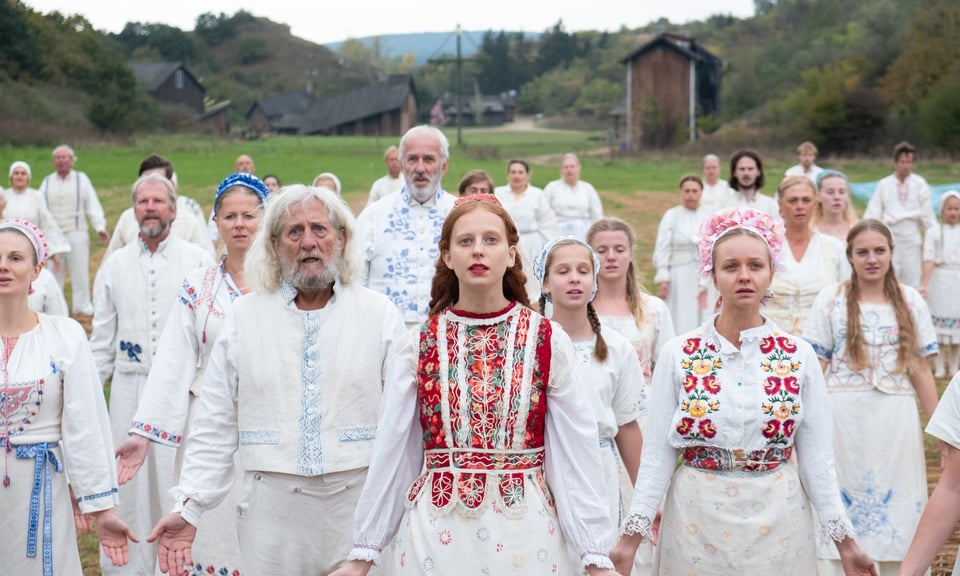
Ari Aster’s breakout film, Hereditary, asks you if your family was ever really yours. Midsommar asks if you were every really yours. It doesn’t want you to be scared of Dani. It wants you to be scared for her. Because isn’t it terrifying how quickly the Hårga were able to make her one of theirs? How they swarmed over her pain like vultures, created more and more so that they could get closer to her, pretend to feel it with her, even? Isn’t it terrifying how, under the right circumstances, that same exact thing could happen to you? As her boyfriend burns alive in the holiest of ritual sacrifices, Dani smiles, nearly buried under a mountain of flowers. She is a queen, the May Queen, and she has finally found a community of people who can share in her pain, because it is a core part of their culture that they experience it. But this means that the Hårga have been conditioned out of actually feeling any grief. They scream and cry, doubling over with the force of it, while believing that this sacrifice is necessary, so there is no need to really mourn. And Dani is trapped with them. Just as trapped as she was with Christian and his friends, and their false sympathies. It’s just that these false sympathies are better at seeming real.
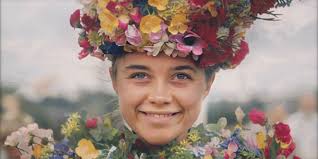
Thanks for reading, all! I’ve had a lot of thoughts about Midsommar since I watched it last summer, and it took a while to get them all out in a semi-coherent fashion, so this post is a day late, for which I am very sorry. My next post will be the final one of splat summer, so be prepared, cause it’s gonna be a doozy. Also, please do vote for the Spooky Season Spooktacular on my Instagram. It’s currently a tie, and I can’t work under these conditions. Happy reading, happy voting, and stay spooky! 🩸☀️🌸